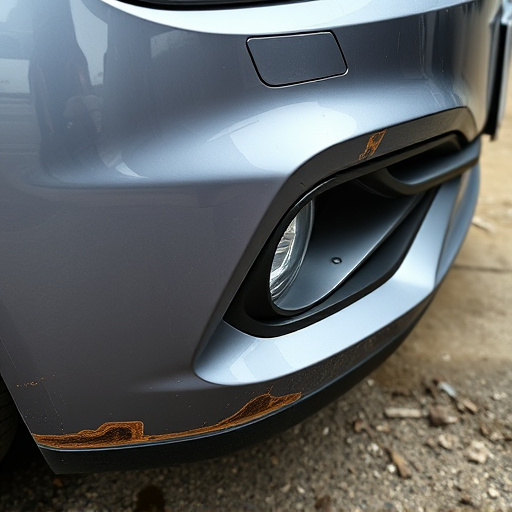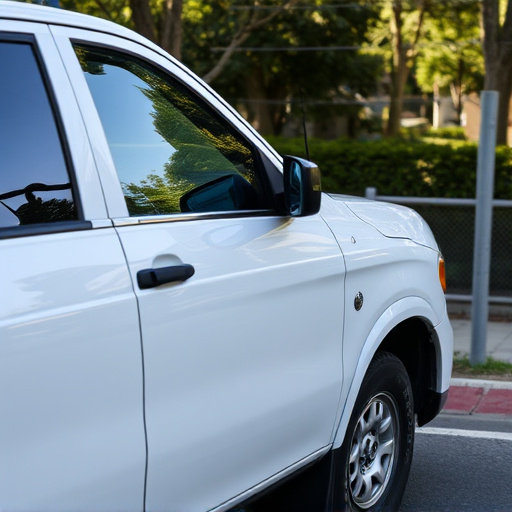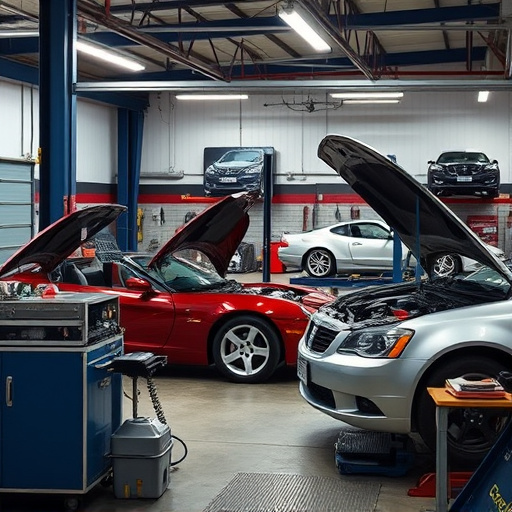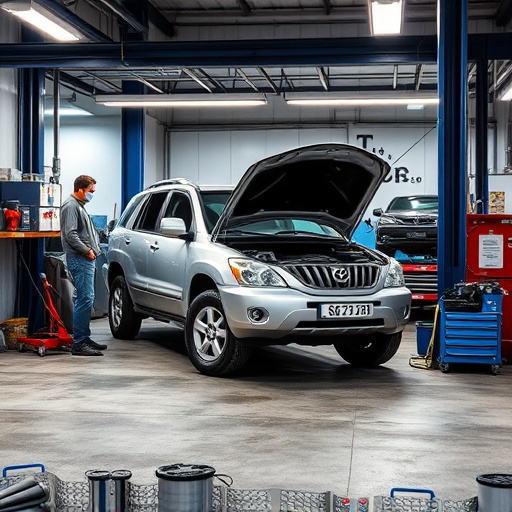A Tesla body computer reset is a simple but powerful fix for connectivity and app issues in Teslas, clearing glitches and preventing complex problems. Diagnose errors, check connections and modifications, then perform the reset by disconnecting and reconnecting battery terminals after a delay. Regular resets, part of routine maintenance, ensure optimal vehicle performance.
Experiencing connectivity issues or app failures in your Tesla? A Tesla body computer reset could be the solution. This comprehensive guide delves into the process of diagnosing and resolving common problems plaguing Tesla owners. Understanding the Tesla body computer reset is key to maintaining optimal vehicle performance. By following our step-by-step instructions, you’ll learn how to effortlessly reset your Tesla’s system, ensuring seamless connectivity and enhanced user experience.
- Understanding Tesla Body Computer Reset
- Diagnosing Connectivity and App Failures
- Step-by-Step Guide to Resetting Your Tesla
Understanding Tesla Body Computer Reset

Tesla Body Computer Reset is a crucial process for addressing connectivity issues and app failures within Tesla vehicles. This procedure involves resetting the vehicle’s computer system, effectively clearing any glitches or corrupt data that might be causing problems. By performing this reset, owners can restore optimal performance, ensuring seamless integration of various in-car systems and applications.
The process is designed to mimic a factory reset, eliminating any unintended changes or errors introduced over time. While it may seem like a drastic measure, especially when dealing with modern automotive technology, it offers a straightforward solution for common connectivity problems. In many cases, issues with app functionality, Bluetooth connections, or even in-car entertainment systems can be resolved by this simple yet effective method. Moreover, considering the intricate nature of today’s vehicles, regular resets could prevent more complex problems related to sensor calibration and communication between different modules, similar to how a fender repair or bumper repair might maintain the structural integrity of a vehicle.
Diagnosing Connectivity and App Failures

When dealing with connectivity or app failures on your Tesla, diagnosing the issue is the first step towards a successful Tesla body computer reset. Start by checking for any error codes or warning lights on your vehicle’s dashboard, which can provide crucial clues about the problem. Verify that all cables and connections within the vehicle body repair are secure and in good condition, as loose or damaged wires can cause intermittent connectivity issues.
Additionally, review recent changes to your Tesla’s software or any updates installed through its apps, as these could potentially introduce compatibility problems. If you’ve recently performed an auto painting job or installed aftermarket accessories, consider whether they might interfere with the vehicle’s systems. For instance, certain modifications or paint jobs can affect the signal strength of Bluetooth and Wi-Fi connections, leading to app failures or connectivity drop.
Step-by-Step Guide to Resetting Your Tesla

Resetting your Tesla’s body computer is a straightforward process that can resolve connectivity issues or app failures. Here’s a step-by-step guide to help you through it:
1. Preparation: First, ensure your vehicle is parked in a safe location and the engine is off. You’ll also need a set of jumper cables for this procedure. It’s recommended to have basic knowledge of automotive systems, but with clear instructions, even first-timers can manage.
2. Identify and Access the Battery: Locate your Tesla’s battery, usually found under the hood or in the trunk (depending on the model). Disconnect the negative terminal (-), followed by the positive (+) using the jumper cables. This step interrupts the power supply to the body computer, allowing you to perform a reset.
3. Perform the Reset: After disconnecting the terminals for about 15-20 seconds, reconnect them in the reverse order (positive first, then negative). This action will reset your Tesla’s body computer, clearing any temporary glitches or errors.
4. Test and Verify: Start your vehicle and check if the connectivity issues or app failures have been resolved. If not, repeat the process as necessary, as occasional resets can help maintain optimal performance. Remember, regular auto maintenance includes these basic checks to keep your Tesla running smoothly.
A Tesla body computer reset can effectively resolve connectivity issues and app failures, providing a seamless driving experience. By understanding the root causes and following a simple, step-by-step guide, owners can navigate through potential glitches. Remember that regular maintenance, including a Tesla body computer reset, is key to keeping your vehicle’s technology running smoothly in today’s digital age.














